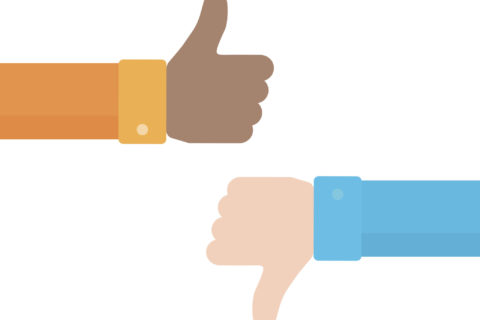Commercial Content
By Terry Lawlor
There’s a lot of talk about the Internet of Things (IoT) at the moment. As tech gets smaller and smarter, so grows the network of physical objects that communicate and interact with the external environment, logging data about almost anything and everything.
Ericsson predicts that by 2018 the number of IoT connections will outstrip the number of mobile phones in use globally. By Ericsson’s recent estimate, by 2021 there will be: 9 billion mobile subscriptions, 7.7 billion mobile broadband subscriptions used for IoT and 6.3 billion smartphone subscriptions. That’s a tremendous amount of data bouncing around.
What does that mean for insight?
Increasingly these “things” are going to provide ways for companies and Market Researchers to gain insights about consumers, employees, and customer experience. That may be through wearable devices such as health trackers, intelligent products such as smartphones or cars, or fixed location items such as appliances. Certainly there’s been a huge increase in the last year or so of people making use of such devices and there’s been a lot of talk in the market about exactly how businesses can harness the resulting data.
The data received and transmitted by these devices will help businesses to shape their products and provide tailored offerings and better deals. Some of this is already in use, such as car insurers enabling customers to use a device that encourages safer driving practices to reduce premiums.
There’s also Amazon Dash, recently announced to be coming to the UK, which enables consumers to place branded buttons at key locations in their homes so they can quickly order replacement products such as washing detergent. The general expectation is that it will morph into a process that no longer requires the customer’s input, with the order automatically being placed at the right time by the Dash service.
So how does this impact your Market Research, Voice of the Employee or Voice of the Customer program? IoT provides an opportunity to enhance existing research by adding contextual data to direct respondent data. In effect it offers a new window into the needs and satisfaction of customers or respondents with the product or service provided by the brand.
What’s really interesting is that IoT takes the concept of “in-the-moment” responses to a new level. From an insight perspective this provides some interesting opportunities. Firstly, businesses can trigger surveys to respondents based on specific actions taken by a connected device. Secondly, businesses can integrate data collected by the IoT device with survey responses to build up a more holistic view. Longer term, who knows where this may lead. Why not automatically capture my emotional and physical state at the point of sale, using my contactless payment device, without ever asking me a question? Or just make it easy for me to request alerts and/or submit feedback as and when certain conditions are detected?
Making this a reality will bring a multitude of challenges. There will be more and more data sources at the edge of the Internet, generating huge volumes of data, and even bigger data integration challenges. These smart devices need a smart hub, to bring data together and enable the analytics that generate the insights.
Right now, there are a couple of main scenarios for researchers and analysts to get to grips with.
• Objects that collect information: These are smart objects that collect information through their sensors. They share the information to the IoT network that then provides recommendations to the respondents. In this case the IoT user or IoT respondent can accept the recommendations or reject them. An example is car “app-cessories” that can provide collision notifications, fuel consumption information and vehicle health data such as oil pressure, gearbox wear, etc..
• Objects that collect information and take actions in real-time: These objects collect information through their sensors, they analyze the data and are able to take actions in real time. The objects take actions on behalf of the IoT respondent using rules set by that respondent. As well as the expected evolution of Amazon Dash, the connected home is a good example as it contains IoT thermostats or alarms that take real time actions such as turning the heating on or off, or sending an alert to a security service if the alarm detects movements in the property.
The possibilities presented by the IoT seem almost limitless, and no doubt there will be a lot of false starts and wrong turns along the way. What’s clear is that asking questions and then analyzing responses to plan action will be increasingly augmented by a world of devices that can provide a level of insight that was unimaginable a few years ago.
It’s an exciting time. There are so many ifs and buts involved, particularly around things like privacy, but while elements of the Internet of Things may seem a little on the creepy side, I think there’s a lot to look forward to!
Terry Lawlor has the responsibility of all aspects of product management, including strategy development, product definition, and product representation in client and marketing activities. Terry is a seasoned and highly professional enterprise software executive who possesses a wealth of expertise in the Market Research and customer experience markets.


